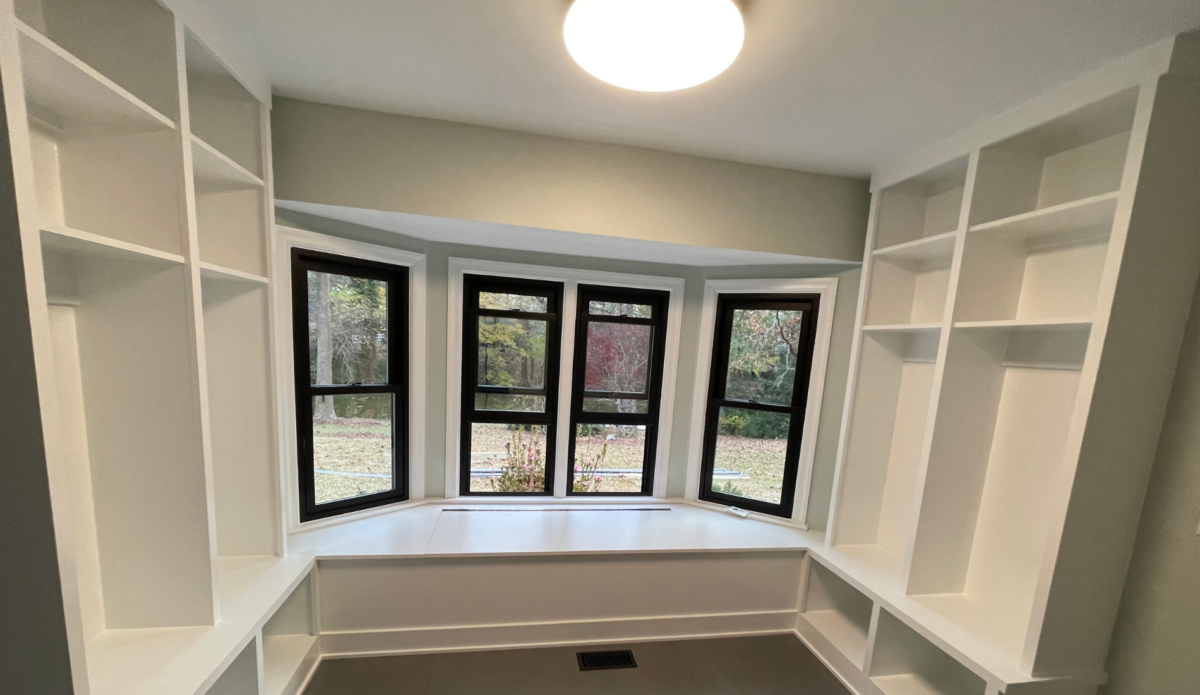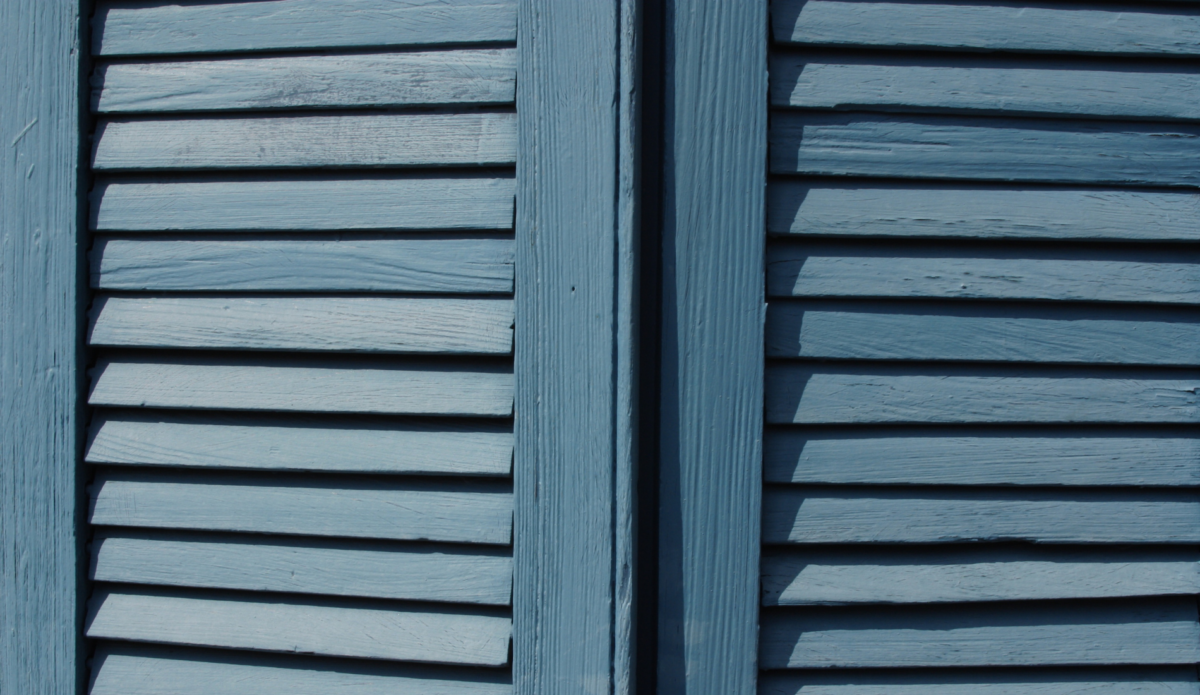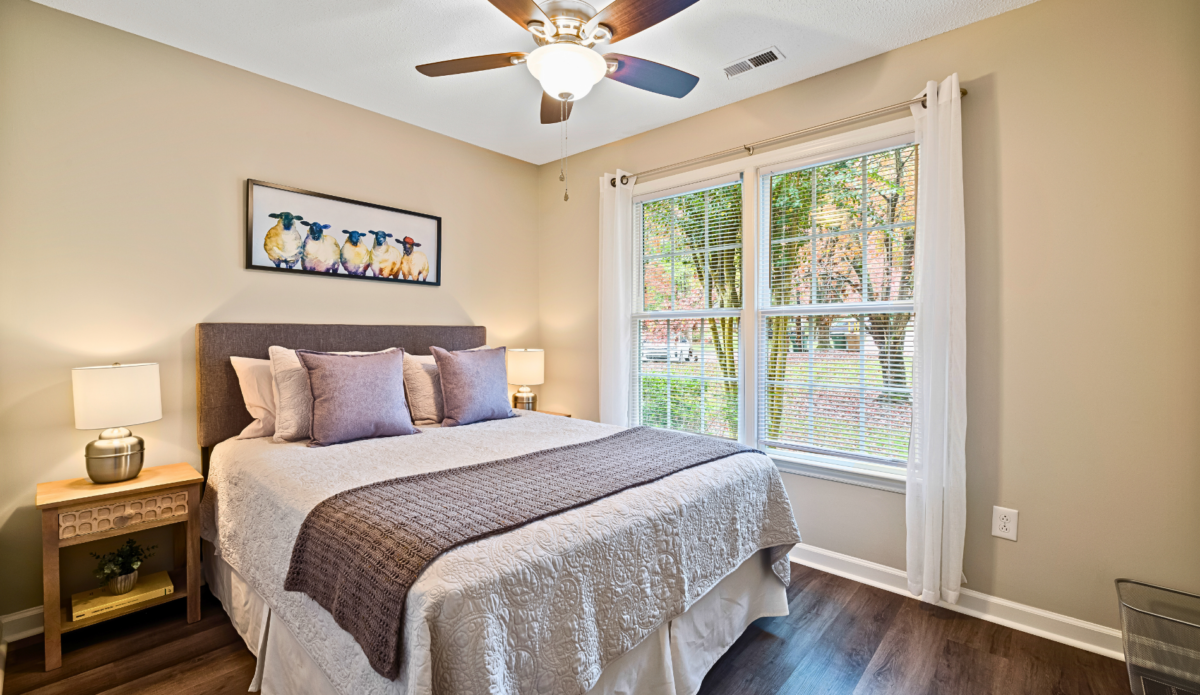Discover Sherwin Williams 2025 Paint Colors of the Year!
Sherwin Williams has unveiled its 2025 color collection, redefining modern design with a harmonious blend of vibrant and neutral shades. This curated palette is designed to inspire creativity and bring a fresh perspective to any space. Whether you’re aiming for a bold accent wall, a calming retreat, or a sophisticated aesthetic, these new shades offer endless possibilities. Partner with Cova Painting to bring these stunning Sherwin Williams colors to life in your next project. Stay on trend and elevate your style with unmatched quality and professional craftsmanship.











